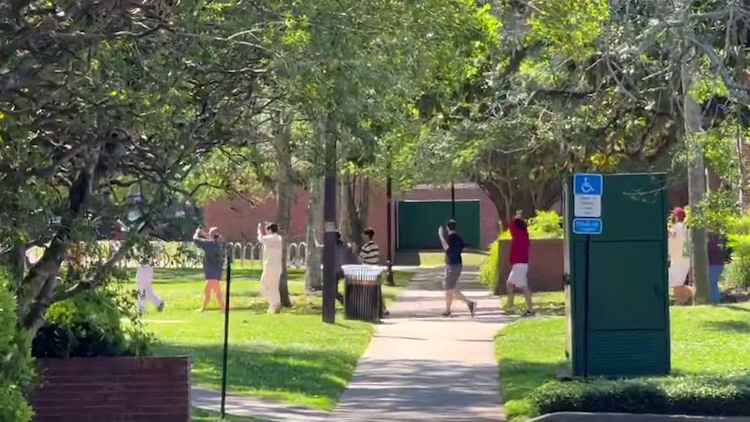Fall's begins Saturday! Thanksgiving, end of daylight saving time, more dates to bookmark for 2023
This year, Halloween falls on a Tuesday, and Veterans Day is on a Saturday.

Time for a pumpkin-spiced latte -- fall is almost here!
Depending on your religious affiliation or background, this can also mean the approach of Yom Kippur, Diwali, or All Saints Day. Also, spooky season approaches for all of the Halloween lovers out there.
Here's everything you need to know about the season change, along with dates to mark on your calendar.
When does fall officially begin?
Astronomical fall began at 2:50 a.m. ET on Saturday, Sept. 23, 2023, in the Northern Hemisphere, according to AccuWeather. This time also marks the beginning of spring in the Southern Hemisphere.
What is the autumnal equinox?
"Equinox" derived from the Latin word meaning "equal night," according to AccuWeather.
During an equinox, the Earth is positioned with both its axis and its orbit perpendicular to the sun, allowing the sun's rays to aim directly at our planet's equator. As a result, both day and night are 12 hours long around the globe.
The autumnal, or fall, equinox is the second of two for the year: 2023's vernal, or spring, equinox occurred at 5:24 p.m. ET on Monday, March 20.
Conversely, solstices mark the most drastic time differences between night and day. In 2023, the summer solstice, the longest day of the year in the Northern Hemisphere, happened at 10:58 a.m. ET on Wednesday, June 21. The top half of the world will experience the shortest day of 2023 during the winter solstice at 10:27 p.m. ET on Thursday, Dec. 21.
What holidays and dates should I mark on my calendar?
- Rosh Hashanah is Friday, Sept. 15 through Sunday, Sept. 17.
- Yom Kippur is Sunday, Sept. 24, through Monday, Sept. 25.
- Columbus Day and Indigenous Peoples' Day are Monday, Oct. 9.
- Halloween is Tuesday, Oct. 31.
- All Saints Day is Wednesday, Nov. 1.
- Día de los Muertos is Wednesday, Nov. 1, through Thursday, Nov. 2.
- Daylight saving time ends Sunday, Nov. 5.
- Veterans Day is Saturday, Nov. 11.
- Diwali is Sunday, Nov. 12.
- Thanksgiving Day is Thursday, Nov. 23.











